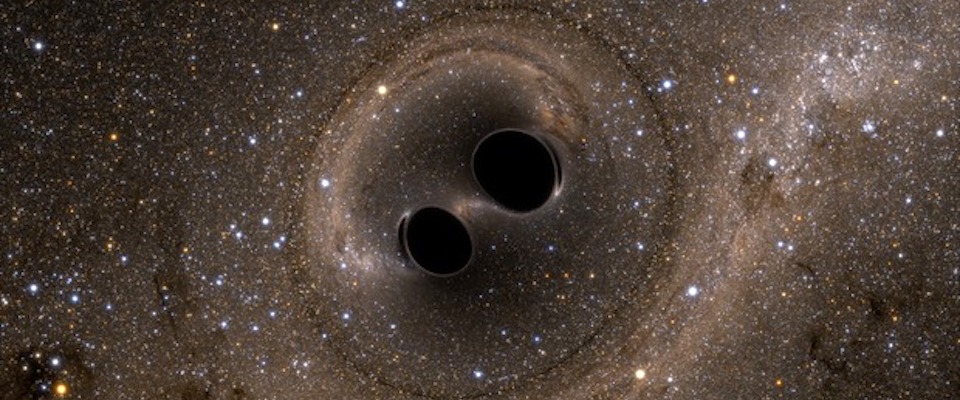The big idea: Physics professor Alex Zettl and a team of solid-state physics researchers have created the world’s smallest radio. It has all the major parts of a conventional radio—tuner, antenna, amplifier, and demodulator—but, remarkably, all in one tiny tube that’s 10,000 times thinner than the width of a single hair.
Traditional radios receive electromagnetic waves through an electrical device, but this nanotube picks up radio waves through mechanical high-frequency vibrations. “It’s like a kid on a swing,” Zettl says. “It doesn’t swing back and forth unless you push it. Radio waves are pushing the nanotube, and when the wave matches its intrinsic, natural frequency, it vibrates.”
So far, the play list has included Derek & The Dominos’ “Layla” and The Beach Boys’ “Good Vibrations.” But the creation of this tiny tube means more than music.
What’s next: “The nanotube radio’s extremely small size could enable radical new applications such as radio-controlled devices small enough to exist in the human bloodstream, or simply smaller, cheaper, and more efficient wireless devices such as cellular phones,” wrote Zettl’s team on its website. It could be the starting point for new or improved medical devices, such as hearing aids, or it could help identify and measure atoms.




















